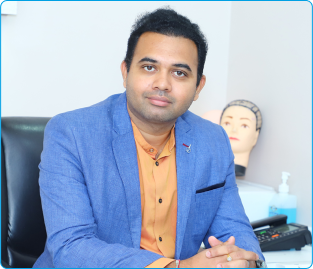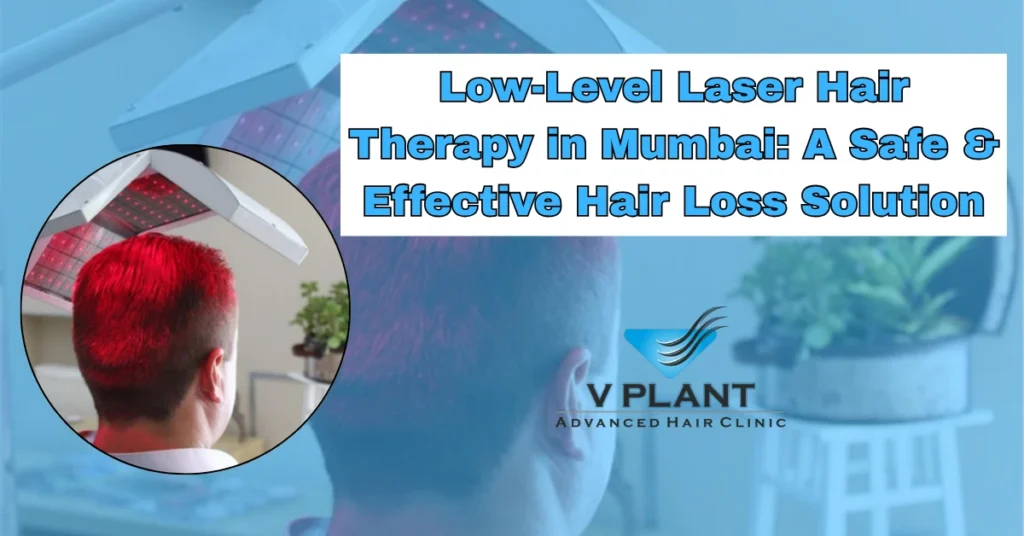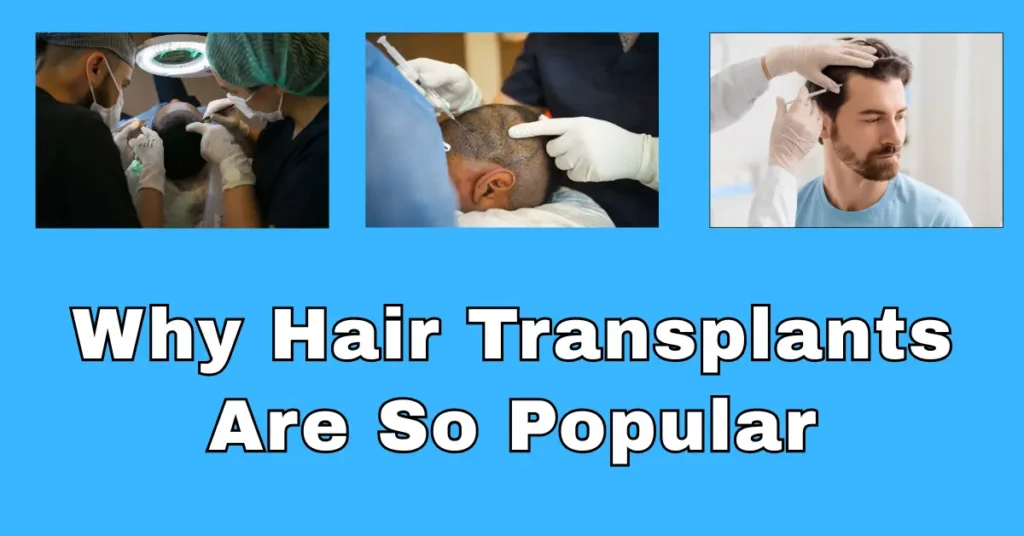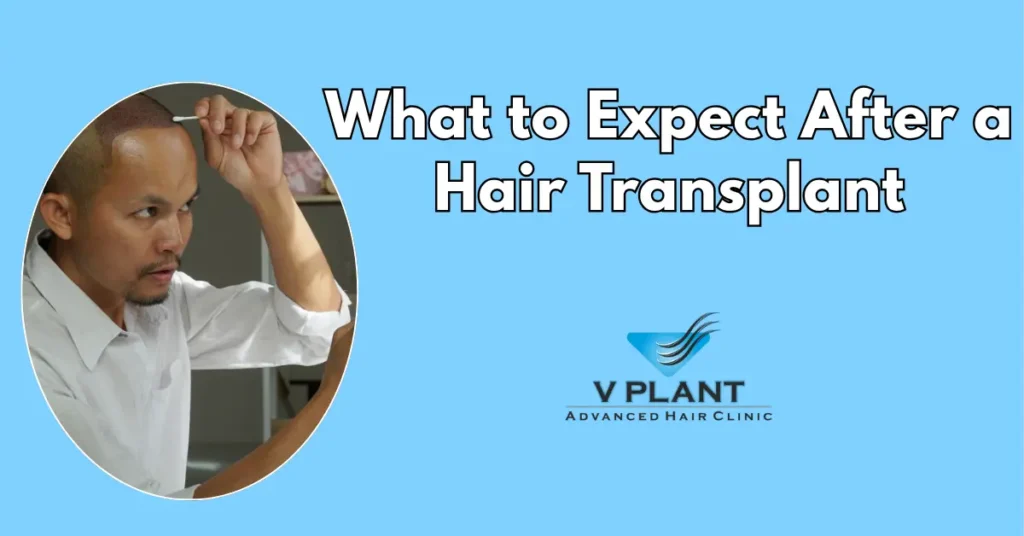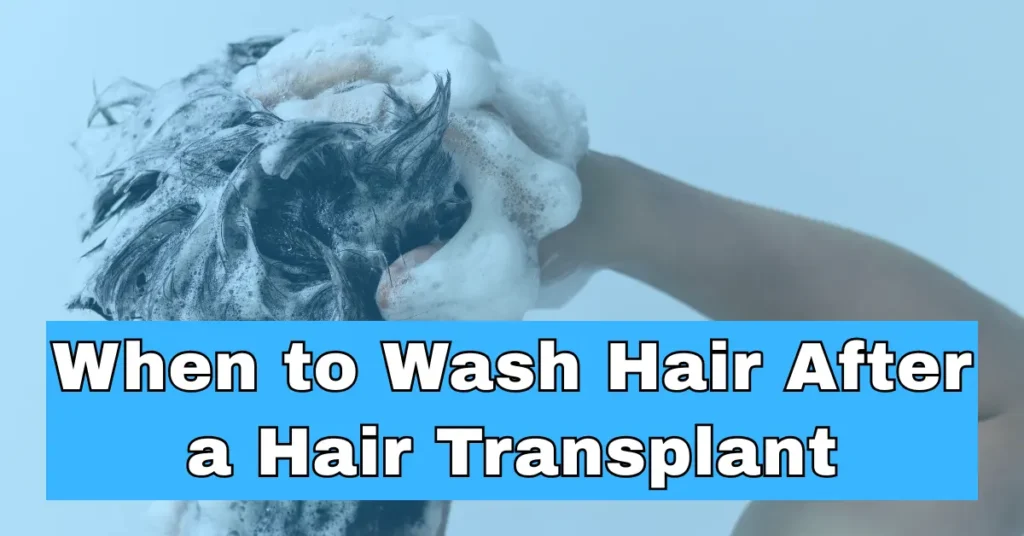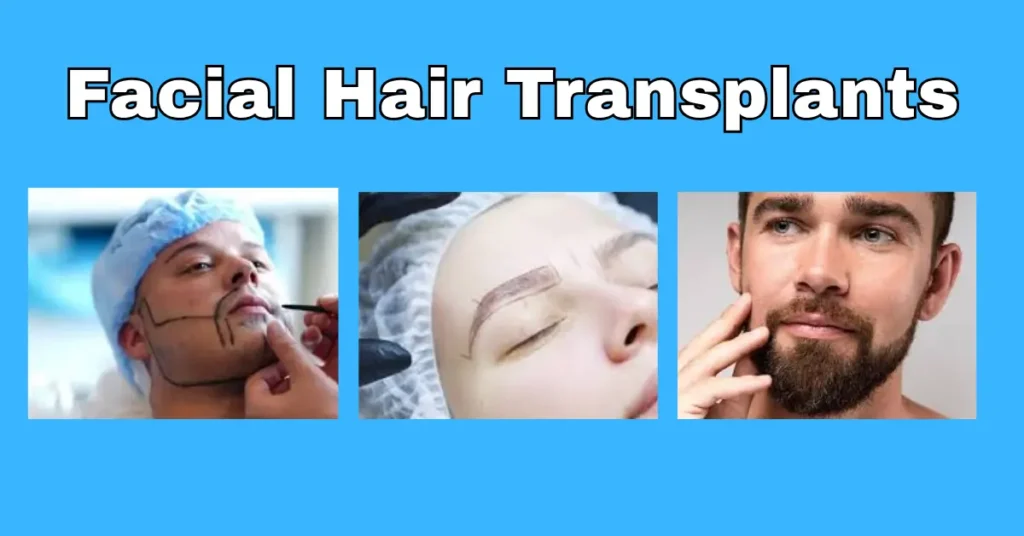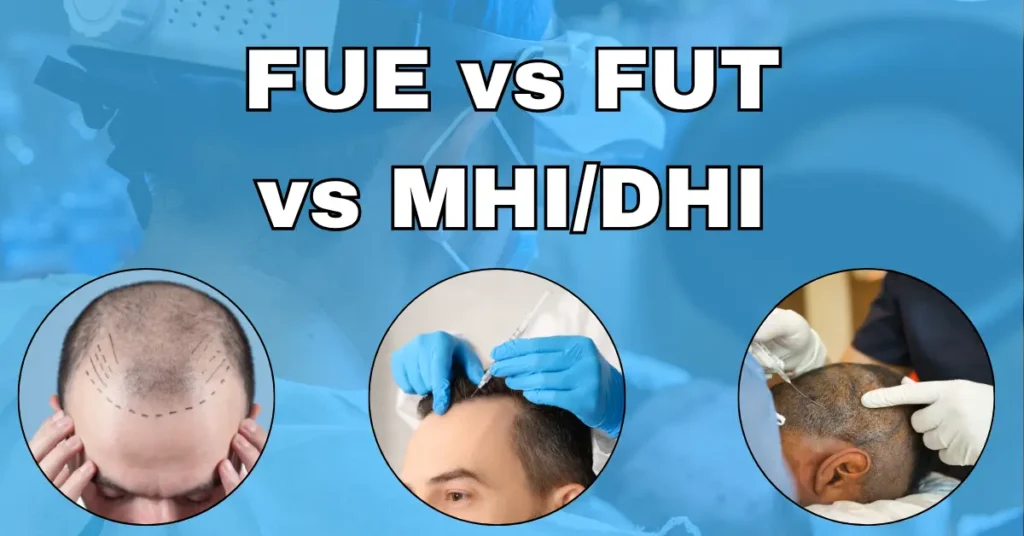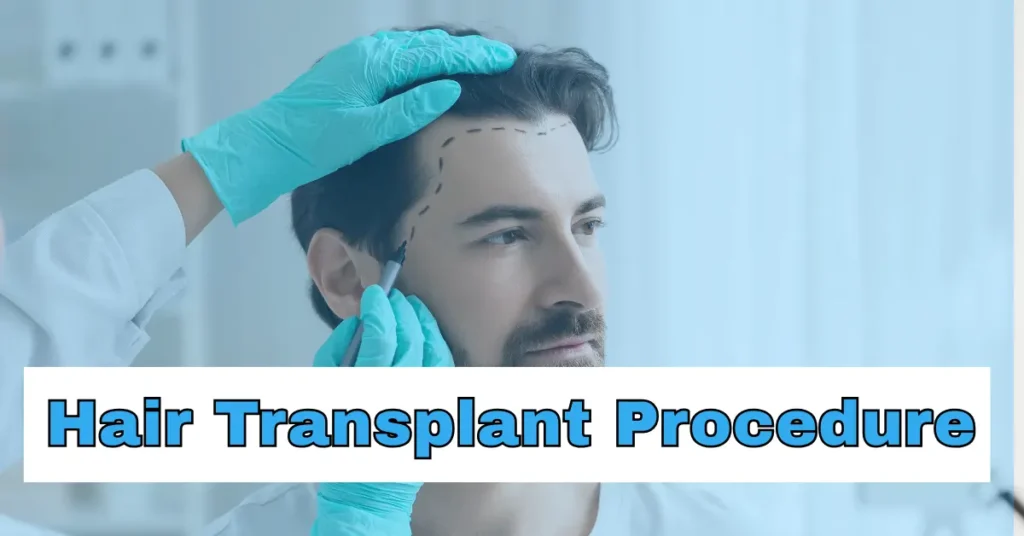Hair loss can be a distressing experience for many individuals, affecting self-esteem and overall quality of life. Fortunately, advancements in hair restoration technologies offer a variety of solutions. One such innovative option gaining popularity is Low-Level Laser Hair Therapy (LLLT). Particularly in a bustling metropolis like Mumbai, where the quest for effective hair loss treatments is high, LLLT presents a promising, non-invasive alternative to traditional hair transplant procedures.
Understanding Hair Loss: Androgenetic Alopecia
Before diving into the intricacies of Low-Level Laser Hair Therapy, it’s essential to understand the common causes of hair loss. The most prevalent type is androgenetic alopecia, which affects both men and women. Known as male pattern baldness in men and female pattern baldness in women, this condition is characterized by progressive thinning of the hair, leading to noticeable bald spots and receding hairlines.
Male and Female Pattern Baldness
Male pattern baldness usually begins with a receding hairline and thinning at the crown, eventually leading to partial or complete baldness. In contrast, female pattern baldness typically presents as overall hair thinning, particularly on the top and crown of the scalp, while the frontal hairline often remains unaffected.
Despite these differences, both conditions share a common underlying cause: a genetic sensitivity to dihydrotestosterone (DHT), a derivative of testosterone. This sensitivity leads to the miniaturization of hair follicles, which eventually stop producing hair.
What is Low-Level Laser Hair Therapy?
Low-Level Laser Hair Therapy is a non-surgical, painless treatment that uses red light to stimulate hair growth. The laser devices emit light at a specific wavelength that penetrates the scalp and is absorbed by the hair follicles. This process is believed to enhance cellular metabolism and increase blood flow to the hair follicles, thereby promoting hair growth and reversing the effects of hair thinning.
The Science Behind Laser Hair Growth
The effectiveness of LLLT lies in its ability to invigorate hair follicles that have become dormant. By stimulating blood circulation and providing energy to the cells, LLLT can revive these follicles, encouraging them to produce thicker and healthier hair strands. Research suggests that LLLT can increase hair density and thickness, making it a viable option for those experiencing hair loss.
Benefits of Low-Level Laser Hair Therapy
Choosing LLLT as a hair loss treatment offers several advantages, particularly for individuals seeking a less invasive option than surgical hair transplants.
Non-Invasive and Painless
One of the primary benefits of LLLT is its non-invasive nature. The therapy does not involve any surgical procedures or incisions, making it a painless and comfortable option for patients. Furthermore, there is no downtime required, allowing individuals to resume their daily activities immediately after treatment.
Suitable for Both Men and Women
LLLT is an effective treatment for both male and female pattern baldness. As the therapy targets the hair follicles directly, it can be customized to address the specific patterns of hair loss experienced by men and women.
Complements Other Treatments
LLLT can be used in conjunction with other hair loss treatments, such as topical minoxidil or oral finasteride, to enhance overall results. By combining therapies, patients may experience more significant improvements in hair density and growth.
Low-Level Laser Hair Therapy in Mumbai
Mumbai, a city synonymous with innovation and progress, offers a range of clinics and specialists providing LLLT services. These clinics are equipped with state-of-the-art technology and staffed by experienced professionals dedicated to helping patients achieve their hair restoration goals.
Finding a Reputable Clinic
When seeking LLLT treatment in Mumbai, it is crucial to choose a reputable clinic with a proven track record of success. Look for clinics that offer personalized treatment plans tailored to your specific needs and hair loss pattern. Additionally, ensure that the clinic employs certified practitioners who are knowledgeable about the latest advancements in laser hair therapy.
What to Expect During Treatment
The typical LLLT session lasts between 20 to 30 minutes. Patients are seated comfortably while a laser device is positioned over the scalp to deliver targeted light therapy. Most individuals require multiple sessions over several months to achieve optimal results, with maintenance sessions recommended to sustain hair growth.
Red Light Therapy for Hair: An Effective Alternative
For those hesitant about surgical hair transplants, LLLT represents a promising alternative. The therapy’s ability to stimulate natural hair growth without the need for invasive procedures makes it an attractive option for many individuals experiencing hair thinning and loss.
Cost and Accessibility
While the cost of LLLT can vary depending on the clinic and the number of sessions required, it is generally more affordable than surgical hair restoration options. Moreover, the non-invasive nature of the treatment means there is minimal risk of complications, further enhancing its appeal.
Conclusion
Low-Level Laser Hair Therapy in Mumbai offers a cutting-edge solution for individuals struggling with hair loss. By harnessing the power of red light therapy, LLLT provides a safe, effective, and non-invasive alternative to traditional hair restoration methods. Whether you’re dealing with androgenetic alopecia or simply looking to enhance your hair’s fullness and thickness, LLLT may be the answer you’ve been searching for. As always, consult with a qualified hair restoration specialist to determine the best course of action for your specific needs and circumstances.
Faqs :-
1. What is Low-Level Laser Hair Therapy (LLLT)?
LLLT is a non-invasive, painless treatment that uses red light lasers to stimulate hair follicles, improve blood flow, and promote hair growth, making it a popular alternative to surgical hair transplants.
2. How does LLLT help with hair loss?
The laser light penetrates the scalp and energizes dormant hair follicles, enhancing cellular metabolism and blood circulation, which can lead to thicker, healthier hair and reduced hair thinning.
3. Who is a good candidate for LLLT?
LLLT is suitable for both men and women experiencing androgenetic alopecia (pattern baldness) or general hair thinning who want a non-surgical, low-risk hair restoration option.
4. How long does each LLLT session last, and how many sessions are needed?
Sessions typically last 20-30 minutes. Multiple sessions over several months are usually necessary to see significant results, with periodic maintenance sessions recommended to sustain hair growth.
5. Is LLLT painful or does it have side effects?
No. LLLT is painless, non-invasive, and has minimal to no side effects, making it a comfortable treatment that requires no downtime.
6. Can LLLT be combined with other hair loss treatments?
Yes. LLLT often complements treatments like topical minoxidil or oral finasteride, potentially enhancing overall hair density and growth outcomes.






